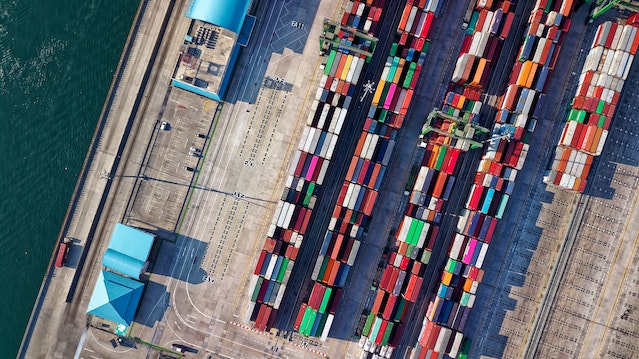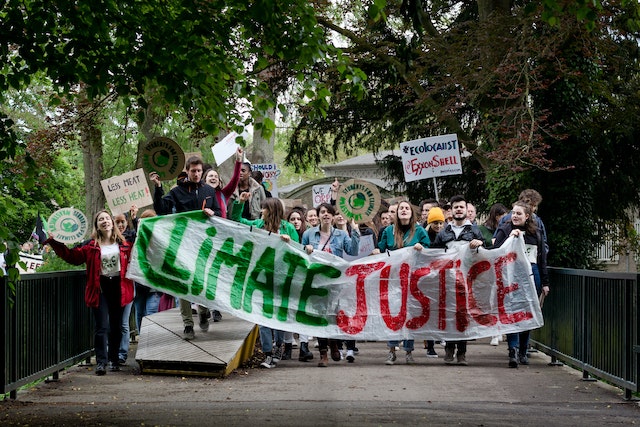We have delayed reducing emissions for longer than the planet is able to sustain. There are now little shortcuts we can take to the ever increasing need to cut on emissions and start the journey of decarbonization as soon as posible.
Companies, countries, and individuals hold an ever-growing responsibility to cut down emissions in order to stay in line with global climate targets. Significantly reducing green house gas emissions is the only chance we have to curb down global warming and catastrophic climate consequences.
The time for action is shrinking but not over; and the opportunity to change our ways in favor of sustainability and future generations is more apparent and necessary than ever. Here we have gathered 3 key points we believe are crucial to achieving decarbonization goals.
1. Set and accelarate goals and make offsets a secondary objective
There is little time for hesitating or being humble when it comes to setting GHG emission reduction targets or goals. Additionally, setting solely long term goals can end up falling short and become insufficient.
Instead, establishing near-term goals and interim targets can actually act as accountability tools that help follow improvements or failures more closely.

When it comes to offsets, although its popularity has risen in the last few years, many are starting to question its capability to be a substitute of actual and direct emission reduction from companies or governments in particular.
Because offsets are not going to disappear in the foreseeable future and are going to continue to be used as a tool for companies to meet climate goals, we believe a balanced combination of reduction and offsets should exist, always aiming towards eliminating reliance in these kind of practices.
2. Carbon removal technologies as a last resort
Similarly to carbon offsets, carbon removing technologies should not be in the list of priorities when approaching climate and emission reductions goals. Promises of long term targets based upon investment on the development of technologies is a common but unreliable practice.
Undoubtedly, they are amazing examples of what we are capable of achieving as a society to safeguard our planet and future generations, but it is actually not a realistic solution for what we need today.
3. Address all scopes in the supply chain
Perhaps one of the biggest problems companies face today when trying to meet climate targets is that of supply chain emissions, also known as Scope 1, 2 and 3, which can fall significantly out of a companies direct control.
This makes addressing some emissions rather difficult, but not impossible.

The best option companies have in this regard (Scope 3 in particular) is collaboration with fellow companies in their industry or sector. Because supply chains tend to overlap, cooperation becomes the best option for defining and measuring indirect emissions, and therefore, reducing them.
The time for reducing is now
The latest published reports on global GHG emissions suggest we need to start setting very ambitious plans and goals for the wellbeing of the planet and future generations.
With only a few years left for accounting to our past targets, the world economy and society should reduce emissions by 45% by 2030. This means each year until the end of said target we should almost half our emissions, presenting a significant and urgent challenge for companies, countries and individuals across the globe.
And although we need big and ambitious global goals and commitments, we cannot forget about the power individual people hold to make a difference.
In fact, as mentioned before, it is one of the most pressing challenges for many companies and countries: that which refers to indirect emissions in their supply chain. We believe individual people can be an example and a force for good and inspiration.

DoGood - Building our way to a sustainable future
We believe companies’ biggest asset are employees, this is, individuals and their everyday choices; meaning we cannot expect to leave them aside of what is now beginning to look like a top priority for many corporations: sustainability.
That is why we developed a tool that can help bring together individuals’ actions for change, transparency for companies and good corporate governance that could ensure the wellbeing of the business, planet and community around them.

We have developed a corporate government tool that helps establish ESG impact objectives for employees in regards to the sustainability strategy of the company. Through our technology we are able to activate and track employees’ impact, creating engagement that translates into improved ESG metrics, reputational value and an overall positive impact for the environment and society.
If you want to know more about how we work to create a positive social and environmental impact, click here.








